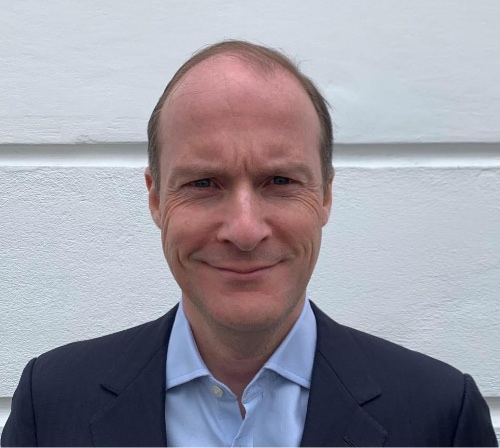We think we have seen this bear market’s bottom. However, the recovery is never a straight line. The road to the next bull market has lots of ups and downs. The bear market will have many small recoveries, or false dawns, and these small recoveries should not be seen as the onset of the next bull market.
What are false dawns?
In short, when the market rallies amid a bear market, it does not necessarily signify the start of the next bull market.
Last week’s disappointing US inflation report generated more market volatility. It came after investors’ fourth attempt to rally off the bottom of this bear market. This is completely normal. The S&P 500 has seen three rallies of over 5% this year. Previous bear markets saw as few as four or as many as eleven rallies before the one that started the next bull market arrived. These rallies, or false dawns, can be impressive, averaging 8% and ranging up to 18%. Tracking progress through this bear market and distinguishing a bear rally apart from the real deal recovery is something we have been doing. Consequently, we think the indicators show that the market has seen its bottom, but is not yet on its way to a bull run.
What are the indicators?
Every cycle is different, but recoveries typically need to see the following four indicators:
- A peak in inflation and interest rate worries
- A trough in growth fears
- Low equity valuations
- Terrible investor sentiment
Based on these points, there is enough to indicate that the market has previously reached its bottom, yet, we are not at the start of a new bull market. This is a “U-shaped” recovery view. Currently, investor sentiment is already terrible. There are some signs that the Fed will stop its interest rate hikes by Christmas as inflation slowly eases. Valuations are only average in the US, but cheaper elsewhere and GDP and earnings growth have been falling, but are still positive.
Nonetheless, this is not definitive. Economic risks remain high as inflation is still high, growth is stagnant and central banks are ever more aggressive in hiking interest rates. Still, consumer and corporate resilience is not open ended and a recession is very possible.

